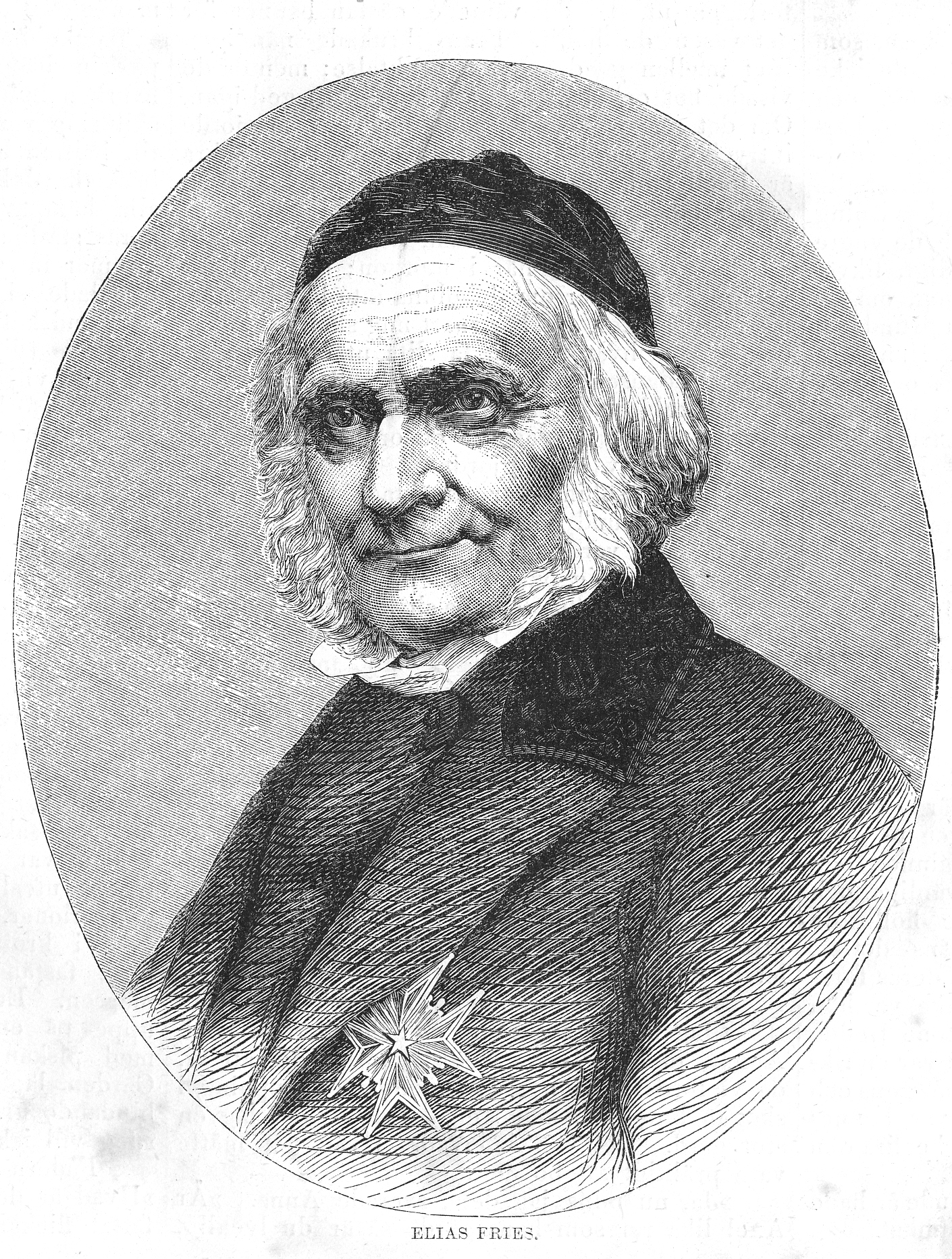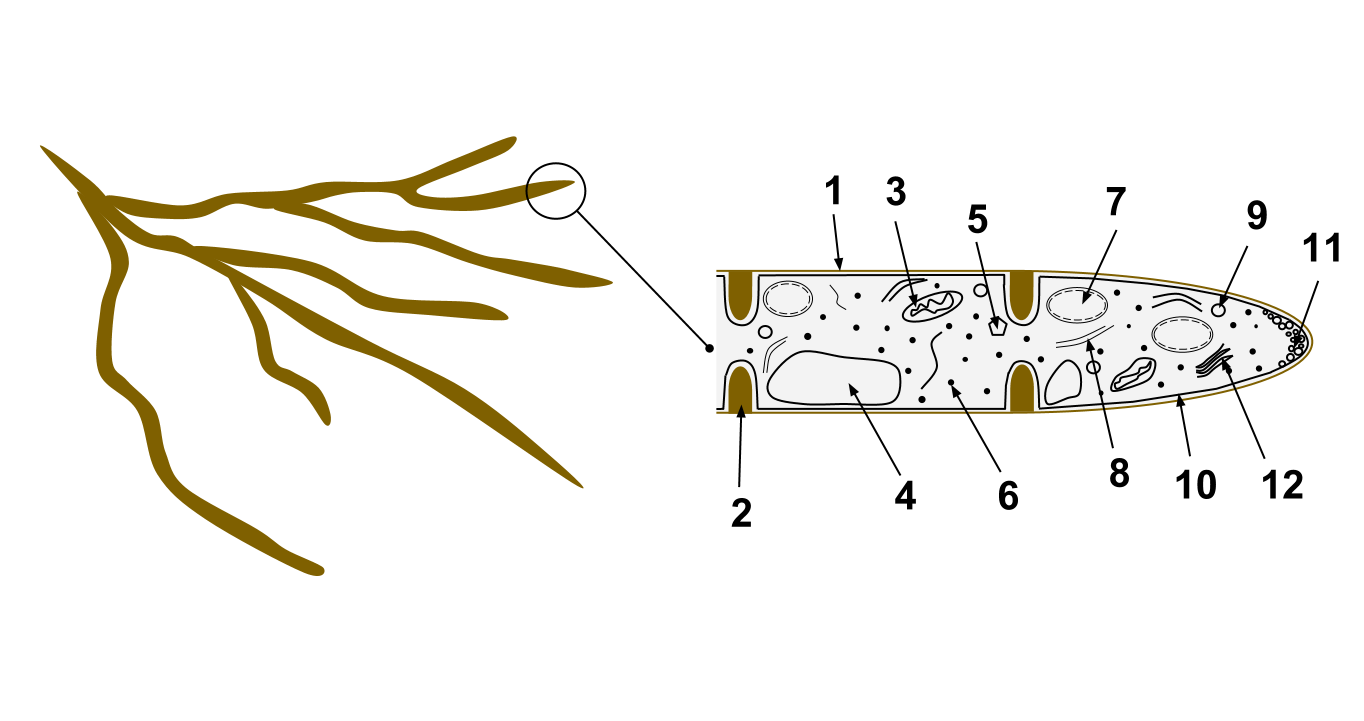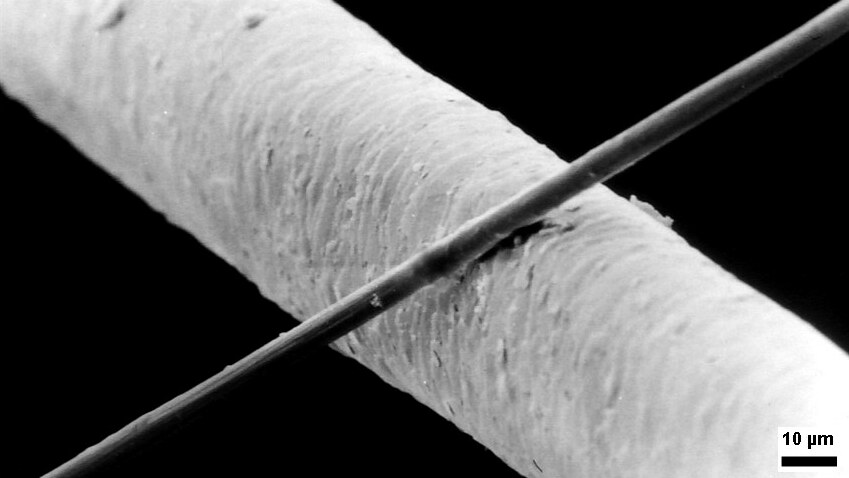|
Russula Heterophylla
The edible wild mushroom ''Russula heterophylla'', that has lately been given the common name of the greasy green brittlegill is placed in the genus '' Russula'', the members of which are mostly known as brittlegills. It is a variably colored mushroom, found in deciduous forests, and woods in Britain, Europe, and Scandinavia. Appearing with broad-leaved trees in summer to early autumn, it usually has a greenish coloration. Taxonomy Noted and described by the South African-born mycologist Christian Hendrik Persoon as ''Agaricus lividus'' in 1801. It was placed in the '' Russula'' Genus by the Swedish mycologist, and botanist Elias Magnus Fries in 1838, with the epithet ''heterophylla''. Despite many changes, by several mycologists over the years since then, it is this binomial that is currently recognised, and is in use at present. The variants ''Russula heterophylla'' var. ''chlora'' Gillet 1876, and ''Russula heterophylla'' var. ''virginea'' (Cooke and Massee) A.Pearso ... [...More Info...] [...Related Items...] OR: [Wikipedia] [Google] [Baidu] |
Elias Magnus Fries
Elias Magnus Fries (15 August 1794 – 8 February 1878) was a Swedish mycologist and botanist. Career Fries was born at Femsjö ( Hylte Municipality), Småland, the son of the pastor there. He attended school in Växjö. He acquired an extensive knowledge of flowering plants from his father. In 1811 Fries entered Lund University where he obtained a doctorate in 1814. In the same year he was appointed an associate professorship in botany. He was elected a member of the Royal Swedish Academy of Sciences, and in 1824, became a full professor. In 1834 he became Borgström professor (Swed. ''Borgströmianska professuren'', a chair endowed by Erik Eriksson Borgström, 1708–1770) in applied economics at Uppsala University. The position was changed to "professor of botany and applied economics" in 1851. He was elected a Foreign Honorary Member of the American Academy of Arts and Sciences in 1849. That year he was also appointed director of the Uppsala University Botani ... [...More Info...] [...Related Items...] OR: [Wikipedia] [Google] [Baidu] |
Ferrous Sulfate
Iron(II) sulfate ( British English: iron(II) sulphate) or ferrous sulfate denotes a range of salts with the formula Fe SO4·''x''H2O. These compounds exist most commonly as the heptahydrate (''x'' = 7) but several values for x are known. The hydrated form is used medically to treat iron deficiency, and also for industrial applications. Known since ancient times as copperas and as green vitriol (vitriol is an archaic name for sulfate), the blue-green heptahydrate (hydrate with 7 molecules of water) is the most common form of this material. All the iron(II) sulfates dissolve in water to give the same aquo complex e(H2O)6sup>2+, which has octahedral molecular geometry and is paramagnetic. The name copperas dates from times when the copper(II) sulfate was known as blue copperas, and perhaps in analogy, iron(II) and zinc sulfate were known respectively as green and white copperas. It is on the World Health Organization's List of Essential Medicines. In 2020, it was t ... [...More Info...] [...Related Items...] OR: [Wikipedia] [Google] [Baidu] |
Fungi Of Europe
A fungus ( : fungi or funguses) is any member of the group of eukaryotic organisms that includes microorganisms such as yeasts and molds, as well as the more familiar mushrooms. These organisms are classified as a kingdom, separately from the other eukaryotic kingdoms, which by one traditional classification include Plantae, Animalia, Protozoa, and Chromista. A characteristic that places fungi in a different kingdom from plants, bacteria, and some protists is chitin in their cell walls. Fungi, like animals, are heterotrophs; they acquire their food by absorbing dissolved molecules, typically by secreting digestive enzymes into their environment. Fungi do not photosynthesize. Growth is their means of mobility, except for spores (a few of which are flagellated), which may travel through the air or water. Fungi are the principal decomposers in ecological systems. These and other differences place fungi in a single group of related organisms, named the ''Eumycota'' (''true ... [...More Info...] [...Related Items...] OR: [Wikipedia] [Google] [Baidu] |
List Of Russula Species
This is a list of ''Russula'' species. The genus has a widespread distribution, and contains about 750 species. Species A * ''Russula abbotensis'' K. Das & J.R. Sharma 2005 * ''Russula abietina'' Peck * '' Russula abietum'' (J. Blum) Bon * ''Russula acetolens'' Rauschert * '' Russula aciculocystis'' Kauffman ex Bills & O. K. Mill. * ''Russula acriannulata'' Buyck * ''Russula acrifolia'' Romagn. * ''Russula acris'' Steinhaus 1888 * '' Russula acriuscula'' Buyck * '' Russula acrolamellata'' McNabb * '' Russula acuminata'' Buyck * '' Russula acutispora'' R. Heim * '' Russula adalbertii'' Reumaux, Moënne-Locc. & Bidaud * '' Russula adelae'' Cern. * '' Russula admirabilis'' Beardslee & Burl. 1939 * '' Russula adulterina'' Fr. * ''Russula adusta'' ( Pers.) Fr. – winecork brittlegill * '' Russula aerina'' Romagn. * ''Russula aeruginascens'' Peck * '' Russula aeruginea'' Fr. – grass-green russula * '' Russula aeruginescens'' * ''Russula aeruginosa'' * ''Ru ... [...More Info...] [...Related Items...] OR: [Wikipedia] [Google] [Baidu] |
Amanita Phalloides
''Amanita phalloides'' (), commonly known as the death cap, is a deadly poisonous basidiomycete fungus, one of many in the genus '' Amanita''. Widely distributed across Europe, but now sprouting in other parts of the world, ''A. phalloides'' forms ectomycorrhizas with various broadleaved trees. In some cases, the death cap has been introduced to new regions with the cultivation of non-native species of oak, chestnut, and pine. The large fruiting bodies (mushrooms) appear in summer and autumn; the caps are generally greenish in colour with a white stipe and gills. The cap colour is variable, including white forms, and is thus not a reliable identifier. These toxic mushrooms resemble several edible species (most notably Caesar's mushroom and the straw mushroom) commonly consumed by humans, increasing the risk of accidental poisoning. Amatoxins, the class of toxins found in these mushrooms, are thermostable: they resist changes due to heat, so their toxic effects ar ... [...More Info...] [...Related Items...] OR: [Wikipedia] [Google] [Baidu] |
Ectomycorrhizal
An ectomycorrhiza (from Greek ἐκτός ', "outside", μύκης ', "fungus", and ῥίζα ', "root"; pl. ectomycorrhizas or ectomycorrhizae, abbreviated EcM) is a form of symbiotic relationship that occurs between a fungal symbiont, or mycobiont, and the roots of various plant species. The mycobiont is often from the phyla Basidiomycota and Ascomycota, and more rarely from the Zygomycota. Ectomycorrhizas form on the roots of around 2% of plant species, usually woody plants, including species from the birch, dipterocarp, myrtle, beech, willow, pine and rose families. Research on ectomycorrhizas is increasingly important in areas such as ecosystem management and restoration, forestry and agriculture. Unlike other mycorrhizal relationships, such as arbuscular mycorrhiza and ericoid mycorrhiza, ectomycorrhizal fungi do not penetrate their host's cell walls. Instead they form an entirely intercellular interface known as the Hartig net, consisting of highly branched hypha ... [...More Info...] [...Related Items...] OR: [Wikipedia] [Google] [Baidu] |
Russula Langei
''Russula'' is a very large genus composed of around 750 worldwide species of ectomycorrhizal mushrooms. They are typically common, fairly large, and brightly colored – making them one of the most recognizable genera among mycologists and mushroom collectors. Their distinguishing characteristics include usually brightly coloured caps, a white to dark yellow spore print, brittle, attached gills, an absence of latex, and absence of partial veil or volva tissue on the stem. Microscopically, the genus is characterised by the amyloid ornamented spores and flesh (trama) composed of spherocysts. Members of the related genus ''Lactarius'' have similar characteristics but emit a milky latex when their gills are broken. The genus was described by Christian Hendrik Persoon in 1796. Taxonomy Christian Hendrik Persoon first circumscribed the genus ''Russula'' in his 1796 work ''Observationes Mycologicae'', and considered the defining characteristics to be the fleshy fruit bodies, d ... [...More Info...] [...Related Items...] OR: [Wikipedia] [Google] [Baidu] |
Birch
A birch is a thin-leaved deciduous hardwood tree of the genus ''Betula'' (), in the family Betulaceae, which also includes alders, hazels, and hornbeams. It is closely related to the beech- oak family Fagaceae. The genus ''Betula'' contains 30 to 60 known taxa of which 11 are on the IUCN 2011 Red List of Threatened Species. They are a typically rather short-lived pioneer species widespread in the Northern Hemisphere, particularly in northern areas of temperate climates and in boreal climates. Description Birch species are generally small to medium-sized trees or shrubs, mostly of northern temperate and boreal climates. The simple leaves are alternate, singly or doubly serrate, feather-veined, petiolate and stipulate. They often appear in pairs, but these pairs are really borne on spur-like, two-leaved, lateral branchlets. The fruit is a small samara, although the wings may be obscure in some species. They differ from the alders (''Alnus'', another genus in the family) ... [...More Info...] [...Related Items...] OR: [Wikipedia] [Google] [Baidu] |
Russula Aeruginea
''Russula aeruginea'', also known as the grass-green russula, the tacky green russula, or the green russula, is an edible ''Russula'' mushroom. Widely distributed in northern temperate regions, it is usually found under birch, mostly in pine forests. The very poisonous death cap can have a similar appearance, especially from above. Taxonomy The species was first described in Elias Magnus Fries's 1863 work ''Monographia Hymenomycetum Sueciae''. The specific epithet ''aeruginea'' is derived from the Latin ''aeruginus'', referring to the tarnished color of copper. It is commonly known variously as the "tacky green Russula", the "grass-green Russula", or the "green Russula". Description The cap is flat when young, soon funnel shaped and weakly striped; somewhat sticky and shiny, pale green to light grey-green, more rarely olive green. It is often in diameter. The closely spaced gills are pale cream when young, later becoming light yellow when the spores mature. The stipe is whi ... [...More Info...] [...Related Items...] OR: [Wikipedia] [Google] [Baidu] |
Russula Virescens
''Russula virescens'' is a basidiomycete mushroom of the genus ''Russula'', and is commonly known as the green-cracking russula, the quilted green russula, or the green brittlegill. It can be recognized by its distinctive pale green cap that measures up to in diameter, the surface of which is covered with darker green angular patches. It has crowded white gills, and a firm, white stipe that is up to tall and thick. Considered to be one of the best edible mushrooms of the genus ''Russula'', it is especially popular in Spain and China. With a taste that is described variously as mild, nutty, fruity, or sweet, it is cooked by grilling, frying, sautéeing, or eaten raw. Mushrooms are rich in carbohydrates and proteins, with a low fat content. The species was described as new to science in 1774 by Jacob Christian Schaeffer. Its distribution encompasses Asia, North Africa, Europe, and Central America. Its presence in North America has not been clarified, due to confusion with t ... [...More Info...] [...Related Items...] OR: [Wikipedia] [Google] [Baidu] |
Micrometre
The micrometre ( international spelling as used by the International Bureau of Weights and Measures; SI symbol: μm) or micrometer ( American spelling), also commonly known as a micron, is a unit of length in the International System of Units (SI) equalling (SI standard prefix " micro-" = ); that is, one millionth of a metre (or one thousandth of a millimetre, , or about ). The nearest smaller common SI unit is the nanometre, equivalent to one thousandth of a micrometre, one millionth of a millimetre or one billionth of a metre (). The micrometre is a common unit of measurement for wavelengths of infrared radiation as well as sizes of biological cells and bacteria, and for grading wool by the diameter of the fibres. The width of a single human hair ranges from approximately 20 to . The longest human chromosome, chromosome 1, is approximately in length. Examples Between 1 μm and 10 μm: * 1–10 μm – length of a typical bacterium * 3–8 μm � ... [...More Info...] [...Related Items...] OR: [Wikipedia] [Google] [Baidu] |
Basidiospore
A basidiospore is a reproductive spore produced by Basidiomycete fungi, a grouping that includes mushrooms, shelf fungi, rusts, and smuts. Basidiospores typically each contain one haploid nucleus that is the product of meiosis, and they are produced by specialized fungal cells called basidia. Typically, four basidiospores develop on appendages from each basidium, of which two are of one strain and the other two of its opposite strain. In gills under a cap of one common species, there exist millions of basidia. Some gilled mushrooms in the order Agaricales have the ability to release billions of spores. The puffball fungus '' Calvatia gigantea'' has been calculated to produce about five trillion basidiospores. Most basidiospores are forcibly discharged, and are thus considered ballistospores. These spores serve as the main air dispersal units for the fungi. The spores are released during periods of high humidity and generally have a night-time or pre-dawn peak concentration ... [...More Info...] [...Related Items...] OR: [Wikipedia] [Google] [Baidu] |



.jpg)




